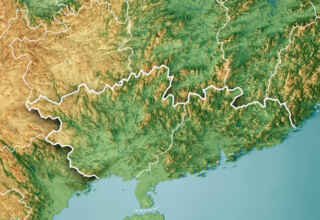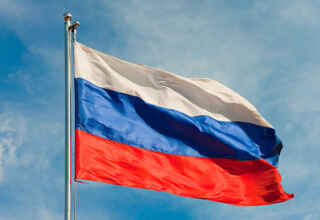
Massive human rights violations occur in conflict times. Mass rapes, using child soldiers, enslavement, massacres, deprivation or destruction of civilians’ property, forced displacement of population, or human trafficking are facilitated via way of means of conflict. Wars and armed conflicts, due to the fact they weaken the guideline of thumb of regulation, facilitate the fee of human rights violations. In the time of conflict, now no longer best states and entities which have the authority to shield individuals’ essential rights can’t do that, however, they also can violate those essential rights. To shield civilians in times of conflict, step one is to recognize how present-day conflicts are formed which will cope with this problem with effectiveness. Since World War II, maximum armed conflicts aren’t interstate wars: they contain non-country actors inclusive of armed businesses that are probably funded via way of means of states however nonetheless usually gift themselves as an independent. Armed businesses now and then take over massive territories and they could feature similar to states do1. At the equal time, human rights regulation and practitioners cope with states and the states themselves do now no longer make a contribution with effectiveness to the improvement and implementation of texts inclusive of the 1977 Additional Protocols to the 1949 Geneva Conventions. As argued via way of means of Andrew Clapham2, non-country actors inclusive of armed competition businesses and personal protection agencies have human rights responsibilities similar to states do. Since global humanitarian regulation rarely applies to non-country actors in armed conflicts, that is a need to increase and adapt it. Based on the literature noted below, the thesis will attempt to solution to the query: a way to shield human rights in non-global armed conflict? The solution to this query could is divided into 4 parts. First, it’s miles essential to recognize how armed conflicts have advanced over beyond a long time and the way their evolution had a right away results on human rights violations in conflict: due to the fact present-day armed conflicts contain armed businesses, a few unique human rights violations are greater












